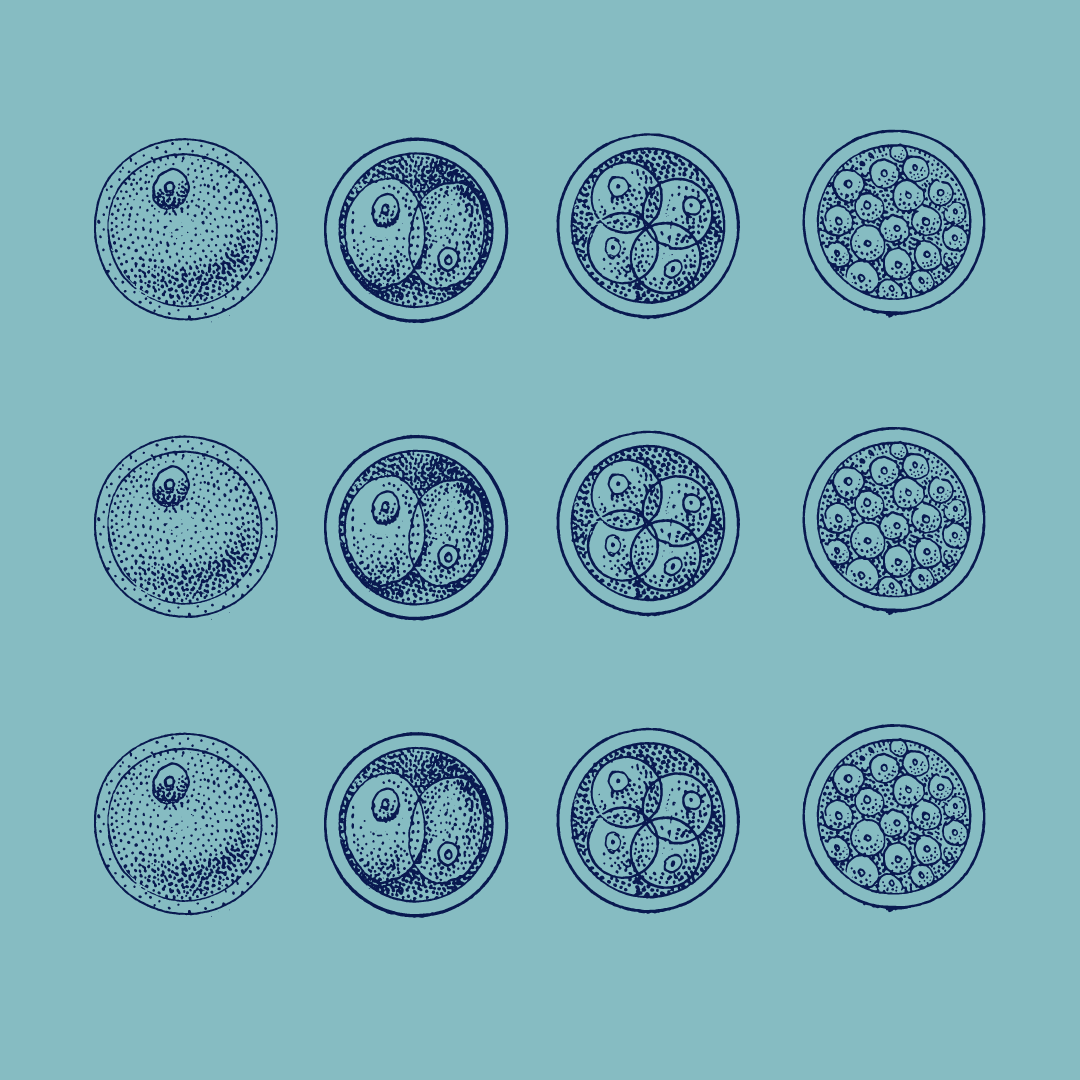Aggregated News

Biological models of human embryos that can develop heartbeats, spinal cords and other distinctive features will be governed by a code of practice in Britain to ensure that researchers work on them responsibly.
Made from stem cells, they mimic, to a greater or less extent, the biological processes at work in real embryos. By growing them in the laboratory, scientists hope to learn more about how human embryos develop and respond to their environment, questions that would be impossible to answer with real embryos donated for research.
Scientists have worked on stem cell-based embryo models, or SCBEMs, for many years, but the technology only made global headlines last summer when researchers said they had created one with a heartbeat and traces of blood. Made without the need for eggs or sperm, the ball of cells had some features that would typically appear in the third or fourth week of pregnancy.
The technology, which advocates believe could shed fresh light on potential causes of infertility, is so new that SCBEMs are not directly covered by UK law or regulations. The...



